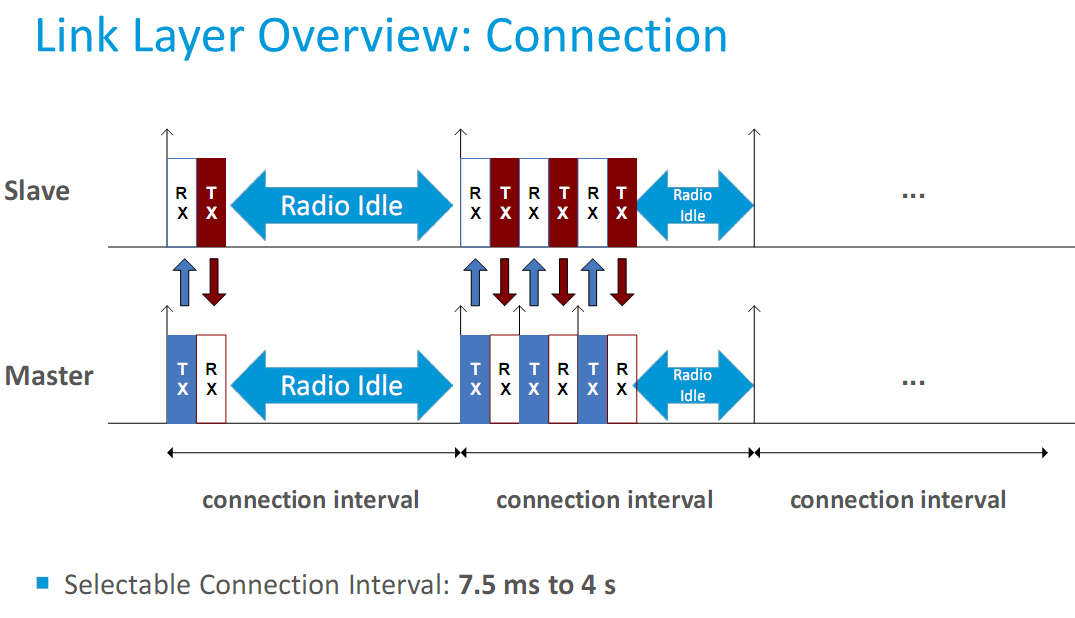Hi Nordic,
We are working on Android and iOS apps. Currently using S3 with Android 4.3 and Note to communicate with nRF51822. Baud rate of 19200bps for our serial communication.
Reference to Kristin post dated Nov 20, 2013 on topic: 51822 BLUETOOTH
Q1. How can we synchronize the transmission of 4 packets per connection interval? Based on sample code nRFUART, do we send out consecutively packet of 20 bytes after previous packet was sent out using writeRXCharacteristic ? Or should it pause for 10ms before sending out the next packet?
Q2. We have encountered abnormal behavior on S3 and Note after using writeRXCharacteristic at time interval of 20ms or lower. Is there a way to read transmission status in Android app before using writeRXCharacteristic to send out 20 bytes?
Q3. In our project, data size transmitted can be more than 100kbytes. Is there any further recommendation on Android and iOS app that we need to take note in order to increase data rate and avoid abnormal behavior on devices?
Thank you.
Regards, Paul



